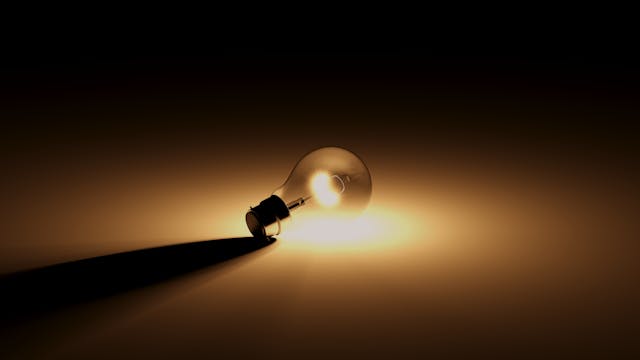Creating an energy-efficient home benefits both your wallet and the environment. By implementing smart strategies and upgrades, you can reduce your energy consumption, lower your utility bills, and contribute to a sustainable future. This guide outlines practical steps to enhance your home’s energy efficiency, from simple lifestyle changes to advanced upgrades.
Why Energy Efficiency Matters
Energy efficiency is about using less energy to perform the same tasks, reducing waste and cost. Beyond saving money, energy-efficient homes have a smaller carbon footprint, improving the planet’s health. They also offer increased comfort, better air quality, and often higher resale value.
Step 1: Conduct an Energy Audit
The first step toward energy efficiency is understanding how your home consumes energy. You can either hire a professional for a detailed energy audit or conduct a basic assessment yourself. Check for:
- Air leaks around doors and windows.
- Insufficient insulation in walls and attics.
- Inefficient appliances and lighting.
- Drafty ducts in heating and cooling systems.
An energy audit highlights areas for improvement, guiding your efficiency upgrades.
Step 2: Seal Air Leaks
Air leaks can significantly increase your energy bills. Prevent drafts by sealing gaps around doors, windows, and other openings. Use weather stripping, caulk, or foam sealant to create airtight seals. Don’t forget to check less obvious areas like:
- Electrical outlets.
- Attic hatches.
- Fireplace dampers.
Step 3: Improve Insulation
Proper insulation helps maintain a comfortable indoor temperature while reducing energy consumption. Focus on key areas like:
- Attic insulation: A significant amount of heat escapes through the roof.
- Wall insulation: Consider spray foam or blown-in insulation for walls.
- Basement and crawl spaces: These areas often have minimal insulation but can impact overall efficiency.
Step 4: Upgrade to Energy-Efficient Windows
Windows play a critical role in your home’s energy performance. If you have single-pane windows, consider upgrading to double- or triple-pane windows with low-emissivity (low-E) coatings. These windows help:
- Retain heat during winter.
- Block heat during summer.
- Reduce UV damage to furniture and floors.
Step 5: Use Smart Thermostats
A smart thermostat allows you to automate and optimize your heating and cooling systems. With features like remote control and scheduling, you can reduce energy use during times when you’re away or asleep. Some models even learn your preferences for added efficiency.
Step 6: Choose Energy-Efficient Appliances
Old appliances consume more energy than newer, energy-efficient models. Look for products with the ENERGY STAR® label, which guarantees high performance and energy savings. Upgrading your:
- Refrigerator.
- Washing machine.
- Air conditioner.
…can make a noticeable difference in your energy consumption.
Step 7: Embrace LED Lighting
Switching to LED light bulbs is one of the easiest ways to reduce energy usage. LEDs use up to 75% less energy than traditional incandescent bulbs and last significantly longer, making them cost-effective in the long run.
Step 8: Install Renewable Energy Systems
If you’re ready for a more advanced approach to energy efficiency, consider renewable energy sources like solar panels. Solar energy can power your home while reducing reliance on fossil fuels. Many governments offer incentives and tax credits for homeowners who install solar systems.
Step 9: Optimize Your Water Heating System
Water heating is a major energy expense for many households. Improve efficiency by:
- Setting your water heater to 120°F.
- Using a tankless water heater for on-demand hot water.
- Insulating your water heater and pipes to reduce heat loss.
Step 10: Reduce Phantom Loads
Phantom loads occur when electronics consume energy even when turned off. Use smart power strips or unplug devices like chargers, TVs, and gaming consoles when not in use.
Ready to Upgrade Your Home’s Efficiency?
Making your home more energy efficient doesn’t have to be overwhelming. Start small, with easy changes like switching to LED bulbs and sealing air leaks. Gradually move to larger upgrades like installing energy-efficient windows or solar panels.
Need help identifying the best energy solutions for your home? Contact us for expert advice and personalized recommendations!


 Your Local Reliable Electrician That You Can Trust
Your Local Reliable Electrician That You Can Trust 